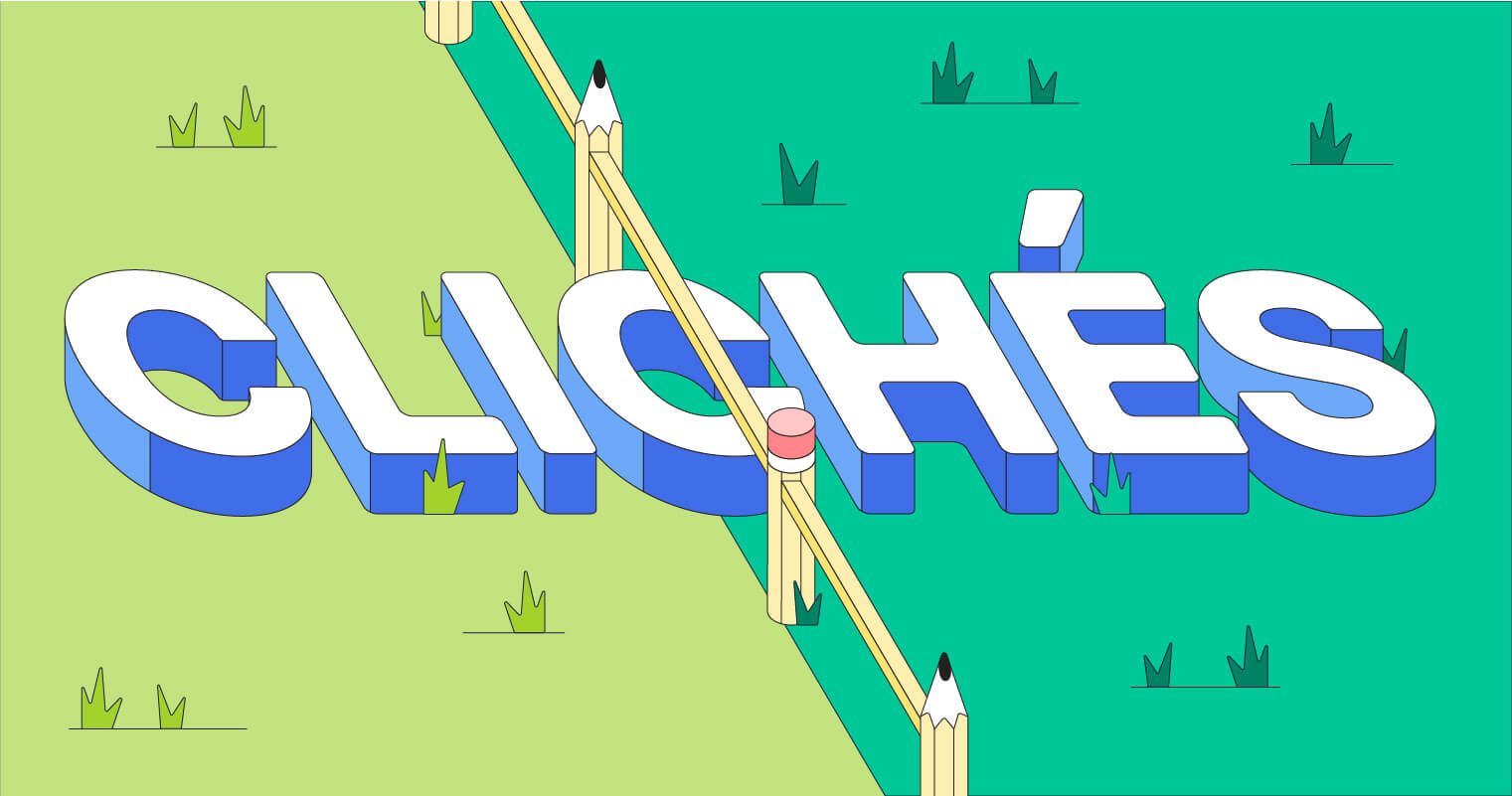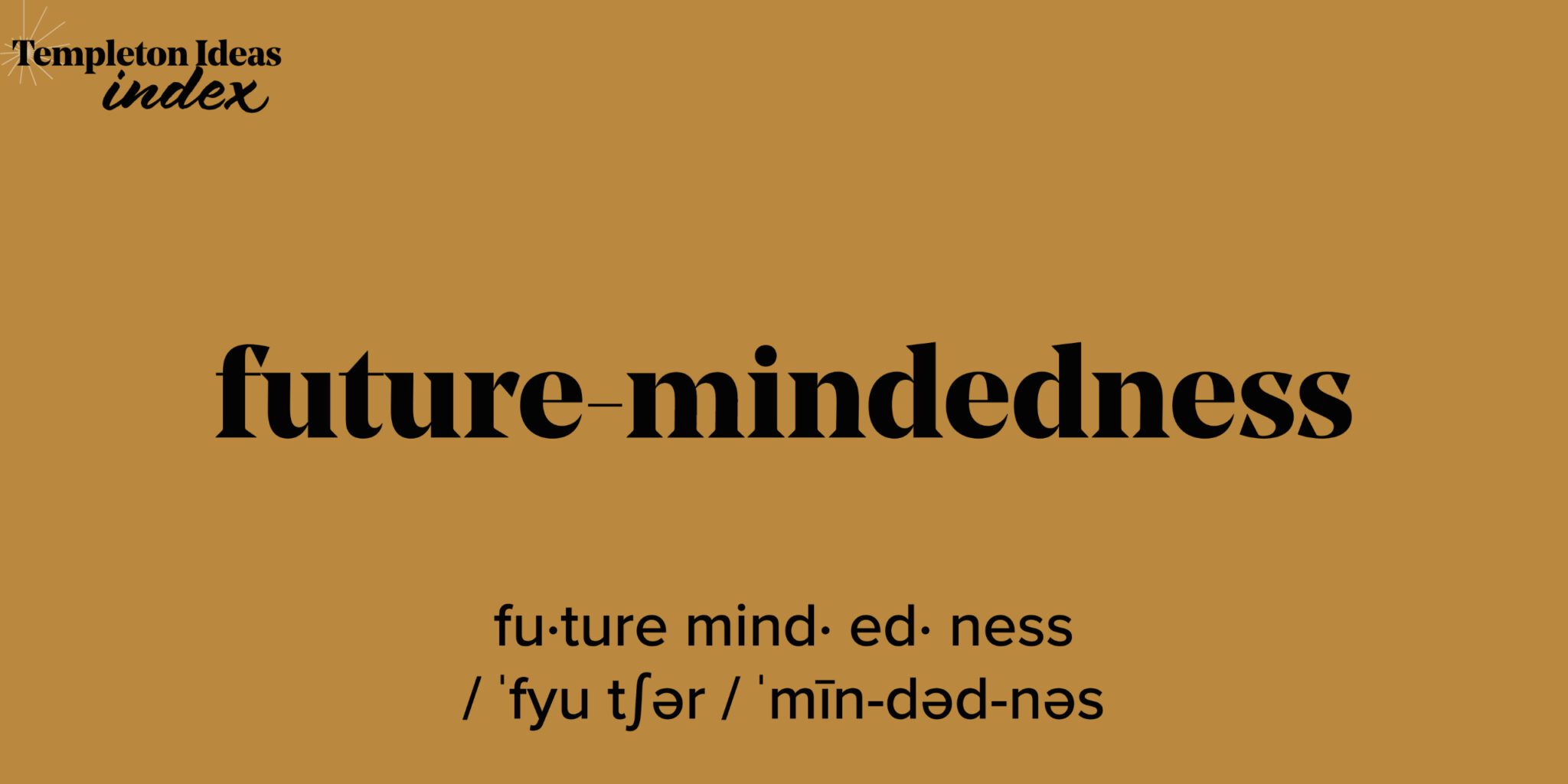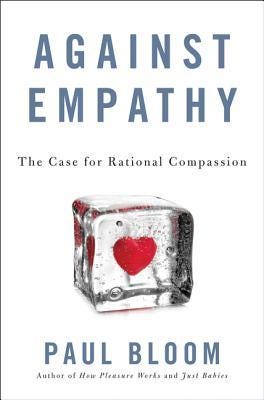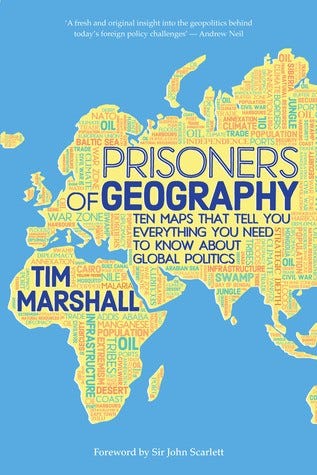
By Michael Massing
Mr. Massing is the author of “Fatal Discord: Erasmus, Luther, and the Fight for the Western Mind.”
https://vp.nyt.com/video/2023/04/26/108032_1_27Massing_wg_1080p.mp4
Ramped up, amped up, ratchet up, gin up, up the ante, double down, jump-start, be behind the curve, swim against the tide, go south, go belly up, level the playing field, open the floodgates, think outside the box, push the edge of the envelope, pull out all the stops, take the foot off the pedal, pump the brakes, grease the wheel, circle the wagons, charge full steam ahead, pass with flying colors, move the goal posts, pour gasoline on, add fuel to the fire, fly under the radar, add insult to injury, grow by leaps and bounds, only time will tell, go to hell in a handbasket, put the genie back in the bottle, throw the baby out with the bathwater, rearrange the deck chairs on the Titanic, have your cake and eat it too, a taste of one’s own medicine, stick to one’s guns, above one’s pay grade, punch above one’s weight, lick one’s wounds, pack a punch, roll with the punches, come apart at the seams, throw a wrench into, caught in the cross hairs, cross the Rubicon, tempt fate, go ballistic, on tenterhooks, hit the nail on the head, a nail in the coffin, joined at the hip, welcome with open arms, rub shoulders with, shoot oneself in the foot, dip one’s toes into, have a leg up, dance to the tune of, the next shoe to drop, in the DNA of, the gold standard, a gold mine, land mines,
a run for the money, money to burn, penny-wise and pound-foolish, lap of luxury, off the charts, over a barrel, late to the party, it takes two to tango, behind the eight ball, pride of place, final straw, full throttle, no holds barred, red flag, silver lining, on a silver platter, in the rearview mirror, bargain basement, silos, morph, meme, trope, mind meld, warp speed, inner demons, have skin in the game, game changer, change agent, strong suit, ground game, ground zero, inflection point, tipping point, playbook, page turner, singing from the same hymnal, singing a new tune, straight out of central casting, the devil’s in the details, take the bull by the horns, the canary in the coal mine, chickens coming home to roost, beat a dead horse, pony up, the straw that broke the camel’s back, open a can of worms, buy a pig in a poke, cash cow, rabbit hole, dog days, dog whistle, bells and whistles, tool kit, third rail, the tip of the iceberg, the light at the end of the tunnel, the arc of history, speak truth to power, break the glass ceiling, the writing’s on the wall, between a rock and a hard place, beyond the pale, take the wind out of the sails of, that ship has sailed, sinking ship, tidal wave, roller-coaster ride, gravy train, tanked, cratered, Rubik’s Cube, Rosetta Stone, Rolodex, poster child, problem child,
rock star, pundit, national treasure, charter member, heavy hitter, heavy lifting, political football, throw a Hail Mary, full-court press, hit a home run, play with house money, laser-focused, secret sauce, red meat, piece of cake, bread and butter, cherry-pick, low-hanging fruit, sticker shock, kick-start, kick into overdrive, kick the tires, kick the can down the road, where the rubber meets the road, an albatross around the neck, a feather in the cap, long in the tooth, armed to the teeth, cut one’s teeth, rib tickler, spine tingling, pull the wool over the eyes of, pull the plug on, pull the trigger, loosen the reins, sweep under the carpet, throw under the bus, throw for a loop, read the riot act, lead the pack, the short end of the stick, at the drop of a hat,
the jury is still out, hung out to dry, as if that weren’t enough, it would be an understatement to say, it would be no exaggeration to say, despite or perhaps because of, what goes around comes around, for all intents and purposes, make a long story short, the fact of the matter, to be sure, truth be told, a who’s who, famously, arguably, literally, zeitgeist, mantra, optics, granular, narrative, interrogate, paradigm, venue, robust, compelling, fever pitch, pitch perfect, picture perfect, perfect storm, take by storm, eye of the storm, back burner, petri dish, echo chamber, hot button, hard wire, go viral, bingeable, blockbuster, on steroids, testosterone-laced, metastasize, contextualize, preternaturally, outsize, gobsmacked, turbocharged, weaponized, apocalyptic, existential …












